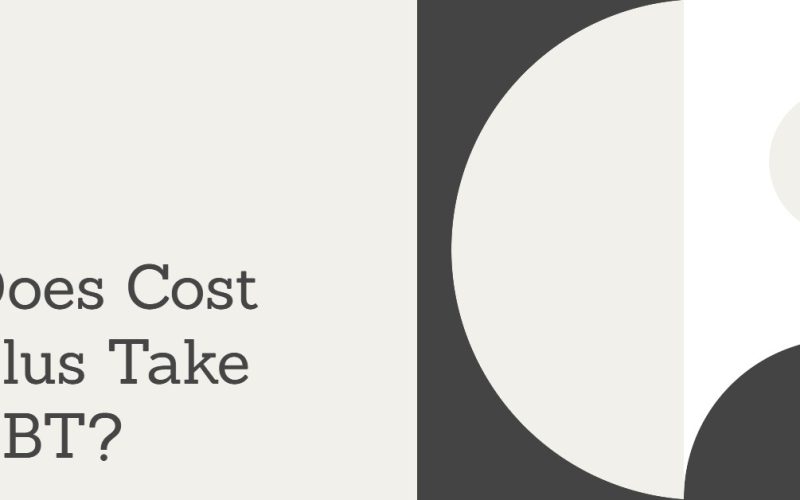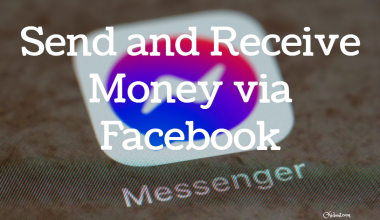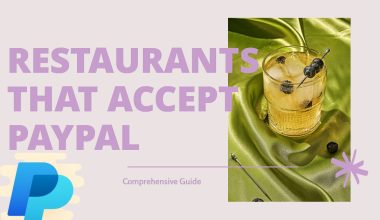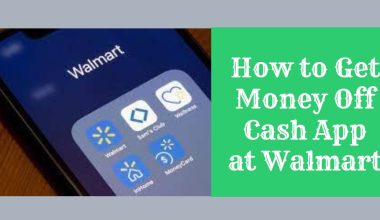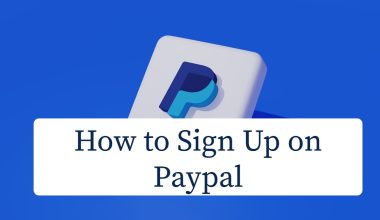So many people have been asking: Does Cost Plus take EBT? We provide all the answers you need. And we go straight to the point.
Let’s dive in…
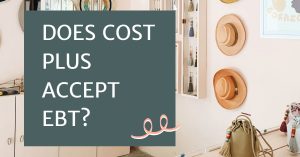
Does Cost Plus take EBT?
EBT card allows you to purchase groceries at any store that accepts food stamps throughout the U.S.
The question now is, does Cost Plus take EBT?
Many Cost Plus stores accept EBT cards for payment; just a few don’t.
If you plan to shop at a Cost Plus store, it is recommended that you contact them to verify they still accept food stamps, as their status can change from time to time.
Before shopping, knowing what foods you can purchase using your SNAP benefits is important.
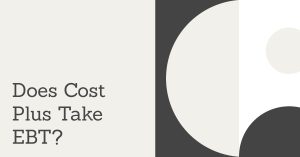
Forms of Payment Accepted at Cost Plus
Cost Plus accepts the following forms of payment:
- Debit Cards.
- Credit Cards.
- EBT.
- Cash: U.S. dollars (exact change may be required in some cases).
- Cost Plus World Market Gift Cards & E-Gift Cards: Can be used for purchases in-store or online.
- Mobile Payments: Apple Pay, Google Pay, and Samsung Pay.
- Contactless Payments (via NFC-enabled cards or mobile wallets).
- PayPal (for online orders).
- WIC.
- Local Personal Check* for the purchase amount only (with proper photo ID). *A $25 service fee PLUS a bank fee will be charged on all checks returned because of insufficient funds or for other reasons.
Cards Accepted:
- Visa
- Mastercard
- Discover
- American Express (Amex)
What type of Food can I buy with my EBT card?
There are strict guidelines on what you can and cannot purchase with your food stamp benefits.
This list is managed by the USDA (United States Department of Agriculture).
- Fruits and vegetables;
- Meat, poultry, and fish;
- Dairy products;
- Bread and cereals;
- Other foods such as snack foods and non-alcoholic beverages; and
- Seeds and plants, which produce food for the household to eat.
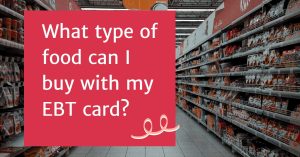
You cannot use SNAP to buy:
- Beer, wine, liquor, cigarettes, or tobacco.
- Vitamins, medicines, and supplements. If an item has a Supplement Facts label, it is considered a supplement and is not eligible for SNAP purchase.
- Live animals (except shellfish, fish removed from water, and animals slaughtered before pick-up from the store).
- Foods that are hot at the point of sale.
- Any non-food items such as:
- Pet foods.
- Cleaning supplies, paper products, and other household supplies.
- Hygiene items, cosmetics.
What are Staple Foods?
Retail food stores must meet Criterion A or Criterion B staple food requirements to be eligible to participate in the Supplemental Nutrition Assistance Program (SNAP).
Staple foods are the basic foods that make up a significant portion of a person’s diet. They are usually prepared at home and eaten as a meal.
Staple foods do not include prepared foods, heated foods, or accessory foods.
The four staple food categories include:
- Fruits or vegetables,
- Meat, poultry, or fish,
- Dairy products; and
- Breads or cereals.
We hope you find this information helpful. Please use any of the share buttons below to share this information.
Feel free to drop any questions, comments, or contributions regarding this article in the comment section below.
